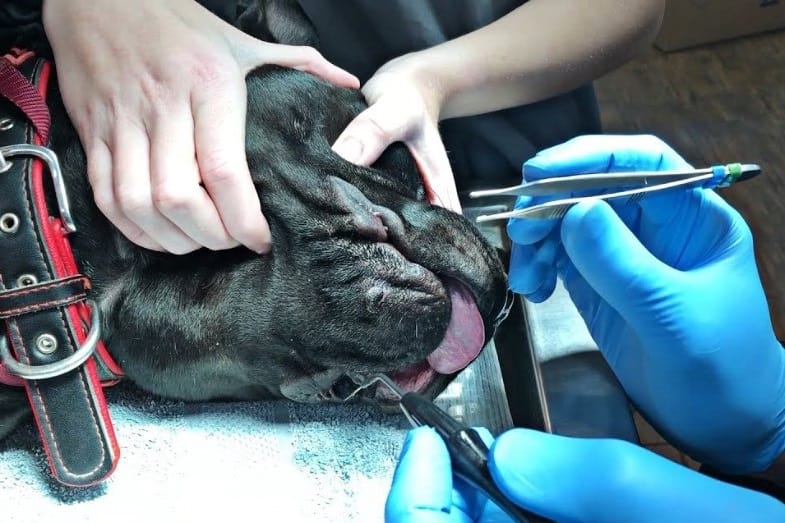
BLOOD SKIN TAG ON DOG SKIN
There are currently five conventional skin tag treatments used by dermatologists, depending on the size, location and condition of the skin. In some cases, a biopsy may be ordered to rule out skin cancer. Your physician or dermatologist will conduct a physical examination of your skin to determine if it is a skin tag or other skin ailment. Additionally, researchers noted that patients with skin tags also had higher blood pressure. In fact, a small study of 110 patients with skin tags found 70 had diabetes.

Researchers have found that certain hormone-related syndromes, including polycystic ovarian syndrome and metabolic syndrome, may be related to skin tags.
BLOOD SKIN TAG ON DOG HOW TO
The best practices for how to remove skin tags at home do not involve cutting this is dangerous and may lead to a severe infection and permanent scarring. While it may be tempting at that point to simply cut it off, this is not an acceptable way to remove a skin tag. However, if they are subjected to friction or damage caused by clothing or jewelry, a small blood clot may occur, resulting in pain. Generally, they do not cause any pain or discomfort. They typically remain quite small, ranging from 1 to 5 millimeters, but they may grow larger. Skin tags are commonly the same color as the flesh or a little darker. They are small growths, or flaps of tissue, that stick out from the surface of the skin. In the medical community, skin tags are known as acrochordons. Fortunately, you can learn how to remove skin tags safely and efficiently with the natural compounds mentioned below. These are not appropriate to apply to the skin. When considering how to remove skin tags, be cautious with internet searches that urge you to use duct tape, nail polish or other harsh chemicals. Routinely check your skin for any changes, and photograph areas of concern so you can keep track of any variations easily. It is important to stress that any changes in your skin, including moles and skin tags, should be looked at by your physician or dermatologist to rule out skin cancer including melanoma, basal cell carcinoma, and squamous cell carcinoma. Fortunately, once removed, they typically do not grow back in the same area. Because of this, learning how to remove skin tags naturally and safely at home can save you time and money.


Rarely, if a skin tag is twisted, a small blood clot can develop, which may make it tender or painful.Īs skin tags are considered a cosmetic issue, and not a medical one, your health insurance likely won’t pay for it to be removed. While they can be irritated by clothing or jewelry, they typically are painless. This includes under arms and in the armpit region, on the neck, under the breast, near the genitals, on eyelids, or on the torso. These benign growths often appear on the folds of the skin where moisture and friction are common. But many people find them unsightly and want to know how to remove skin tags. They are generally considered a cosmetic concern, not a medical issue. Acrochordons - as they are referred to within the medical community - are not cancerous. Soft, fleshy growths that hang from the skin are commonly referred to as skin tags.


 0 kommentar(er)
0 kommentar(er)
